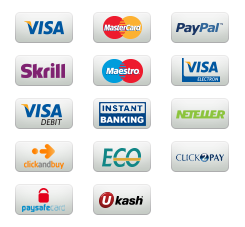Customer Relationship Management)
Many marketers believe “customer lifetime value” is a key metric in the CRM (Customer Relationship Management) process. Watch the video linked below, and talk about why customer lifetime value is important? Why do marketers care about customer lifetime value? Specifically discuss what can be learned from that metric and other customer metrics. How can a metric tell a story well beyond the number?
Sample Answer
Customer lifetime value (CLV) is a metric that measures the total revenue a business can expect to generate from a customer over the entire course of their relationship. It is an important metric in the CRM process because it helps businesses to understand the value of their customers and to make more informed marketing and sales decisions.
Why do marketers care about customer lifetime value?
Marketers care about CLV for a number of reasons, including:
- To identify and target their most valuable customers. By understanding CLV, marketers can identify the customers who are most likely to be profitable for their business over the long term. They can then target these customers with special offers and promotions to encourage them to continue spending money with the company.

 Our orders are delivered strictly on time without delay
Our orders are delivered strictly on time without delay  Our orders are delivered strictly on time without delay
Our orders are delivered strictly on time without delay 


